
Jason and I at the movies for “The Hobbit” midnight premiere.
In January 2013, my dear friend Jason died from suicide. I felt excruciating pain. Devastation. Overwhelming feelings of shock, grief, sadness. Replaying my last moments with him; the last months in my mind, trying to find the signs that this was coming. Feelings of guilt; what could I have done differently to help him? Why would he do this?
At the time of Jason’s death, I was in my last term as an undergraduate student. That’s the thing about death: the world continues on. I had to continue going to classes, study and complete homework. It was the same as before, except there was an important person missing. There were moments where I looked around me and wished there was a rewind or pause button. Didn’t the universe notice this missing soul?
Experiencing this loss changed me. I couldn’t return to my life before Jason’s death. To me, there is no recovering from the loss of a loved one. I believe there is only healing. Healing isn’t a return to life before the loss, healing isn’t a “cure” to grief; instead, healing is continuing onward after the loss and having a scar as a permanent reminder of the pain felt.
Getting over the loss is not possible. I can’t “get over” it because it has already permanently changed me.
I’m not going to talk about my process through the stages of loss and grief. I don’t believe the healing process is a linear one. I believe each stage is experienced at our own time and pace. I also believe there is no time limit for healing. I can say with full confidence that I am still on my healing journey.

Three years later, the world continues on. Now I’m in graduate school pursuing my Master’s in Social Work (MSW) and working in the mental health field. More than once, I have worked with a client with suicidal ideation, and let me tell you this: my countertransference was so strong in those instances.
For those who don’t know, countertransference is a phrase used to describe unconscious reactions and feelings of the therapist towards the client during psychotherapy.
I had a client who was hospitalized involuntarily for threats of suicide. Part of my agency’s protocol during this type of situation was to meet the client at the hospital to conduct a risk assessment. When I was notified of my client’s admittance at the hospital–and instructed by my supervisors of agency protocol–I flashed to three years prior.
I found myself feeling sadness, guilt, overwhelmed, helpless, grief. Images of my friend laughing, talking, giving me a hug flashed through my head like a picture flip book. What could I have done for him to prevent his death? Why did he do it?
And then in regards to my client: rewinding through every session of therapy with them, wondering what I could have said or done for the client that could have helped them turn away from suicide. Feeling guilty and wondering if I was a “good enough” therapist for this client. Feeling guilty that I didn’t do enough to help.
And then: anger. Angry that suicide exists in my personal and professional worlds. Angry that my friend died from suicide. Angry that my client was contemplating suicide. Angry that my studies hadn’t included suicide prevention efforts. Angry that my studies hadn’t discussed countertransference and suicide loss. In fact, as of April 2016, suicide rates in the United States are at a 30-year high point. With one death by suicide every 12.3 minutes in the United States, with about 105 Americans passing away from suicide every day, with one suicide death for every 25 suicide attempts (source)…it seems like the chances of a therapist experiencing a suicide loss (and/or suicidal ideation) is too relevant to ignore.

Jason and I hanging out one month before his death.
When I went to the hospital to conduct the risk assessment of my client, I knew that I needed to take care of myself. On the drive to the hospital, I took that opportunity to breathe and honor my feelings by allowing myself to feel them. I didn’t push my feelings away because that would have been disastrous for my mental health. In the parking lot of the hospital, I continued to breathe and mentally placed the countertransference in a box, closed it, and shelved it temporarily. I then placed myself into the mental health professional role so I could conduct the risk assessment.
After the risk assessment, I went home and practiced self-care. The next day during clinical supervision, I consulted with my supervisors about my countertransference.
I know I make it seem like I conquered my countertransference in this clean, linear process–but trust me, it was a messy and emotional process.
How does suicide loss influence clinical practice?
- Self-confidence is affected when working with clients with suicidal ideation
- Second-guessing/uncertainty of clinical decisions/observations
- Hypervigiliance of suicidal ideation, self-harm behaviors in clients
- Feelings of guilt when a client experiences suicidal ideation, is at-risk for suicide
- Fear of consequences when working with clients with suicidal ideation (e.g. legal)
- Emotional/reactionary responses to clients with suicidal ideation
- Fear of being “good enough” for clients
If you have experienced a suicide loss and are a clinician, I’m interested to hear about how your loss has impacted your clinical practice.
Ways I’ve come up with to help myself as a person who has experienced suicide loss:
- Ground yourself with mindfulness techniques. Take the time to notice what’s going on around you (nature, people, yourself). I like to use my hand to signify each of the five senses (touch, taste, smell, hear, see) on my fingers. I close my eyes and go through each of the five senses. My feet are touching the ground right now and I can feel the security of the cement. I can smell barbecue cooking at the neighbor’s house. I hear cars driving by, my dog’s paws clacking on the pavement as she walks.
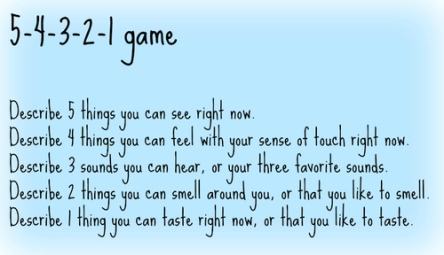 Kristin Neff writes that suffering = pain + resistance. I think it’s important to remember that practicing mindfulness isn’t about avoiding the pain of the loss. Practicing mindfulness is about feeling the pain without the resistance.
Kristin Neff writes that suffering = pain + resistance. I think it’s important to remember that practicing mindfulness isn’t about avoiding the pain of the loss. Practicing mindfulness is about feeling the pain without the resistance.
- Practice self-compassion. Be kind to yourself. Replace negative thinking with positive, reality-based self-talk. Here are some examples of negative thinking replaced with self-compassion that I’ve experienced in relation to my suicide loss.
“I should have done something to help him.” –> “I did everything I could to support him.”
“I should have called him that night.” –> “I did everything I could to support him. I was busy when he reached out. That’s not my fault.”
“I should have been a better friend to him.” –> “I was there for him. He considered me a good friend.”
“Why didn’t I see this coming?” –> “I didn’t see this coming, but his death is not my fault.”

- Honor your feelings. One thing I tell my clients about holding in/avoiding feelings is to picture a soda can. Imagine shaking the soda can and then opening it. What happens? It explodes. We are like soda bottles; if we hold our feelings in, they are going to build up and build up until we explode. Explosions look different to everyone (anger outbursts, anxiety attack, sheer exhaustion, etc.), but it’s important to note that they happen. By honoring your feelings, you are being your authentic self.

- Give yourself permission…to cry. to laugh. to feel. to go out with friends. to be alone. to seek help. to do what you need to do on your healing journey.

- Make connections for support. Consider going to therapy or joining a support group for folks who lost loved ones to suicide. If you are a religious person, go to your place of worship. Connect with your loved ones for support. It was incredibly healing for me to maintain connections with me and Jason’s mutual friends. To this day, I am still in touch with a few of those mutual friends. Every year, several times a year, we send messages of support and love and positive energy to each other. To this day, it means so much when I receive a text message, phone call, email from any one of them.

- Bring your countertransference to clinical supervision. One of the best moves I made was to talk about my countertransference with my supervisor. She helped me process my feelings and reactions when working with clients with suicidal ideation. She helped me come up with individualized ways to work with my countertransference should it come up again (and it did, many times).

Moving Forward

I will always remember Jason’s energy.
As I mentioned earlier, I don’t believe it is possible to completely recover from a suicide loss. I believe in healing, but not completely. A scar is left as a reminder of the pain felt from the loss.
My scar is deep. I see it often during my clinical practice, reminding me of my changed world. I used to think my countertransference about suicide loss was something to be ashamed of, something to fight against.
To be authentically myself and to provide mental health services to my clients, I realized I can’t fight against my countertransference. The moment I stopped fighting it was a forward moment for my personal healing process and a learning moment during my professional training.
I will always miss Jason and feel the pain of his departure from this world…and I will not fight it any longer, whether personally or professionally.









 Kristin Neff writes that suffering = pain + resistance. I think it’s important to remember that practicing mindfulness isn’t about avoiding the pain of the loss. Practicing mindfulness is about feeling the pain without the resistance.
Kristin Neff writes that suffering = pain + resistance. I think it’s important to remember that practicing mindfulness isn’t about avoiding the pain of the loss. Practicing mindfulness is about feeling the pain without the resistance. 





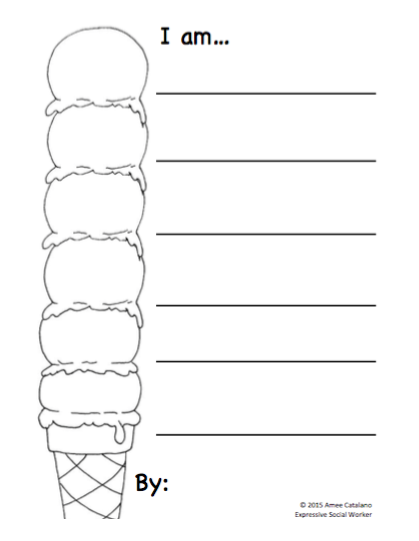
 When I first started working with children during my Clinical Social Work internship, I wanted to find an intervention that built rapport with the client
When I first started working with children during my Clinical Social Work internship, I wanted to find an intervention that built rapport with the client 


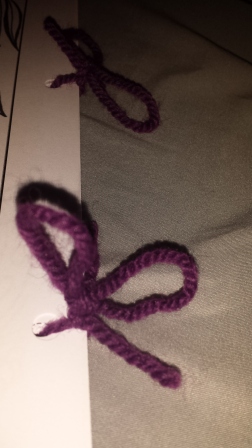
 I had a client who had a hard time sharing their feelings and loved playing with toy cars.
I had a client who had a hard time sharing their feelings and loved playing with toy cars. I also created this second worksheet. (picture at right)
I also created this second worksheet. (picture at right) Therapy Directive: My Anger Book
Therapy Directive: My Anger Book 












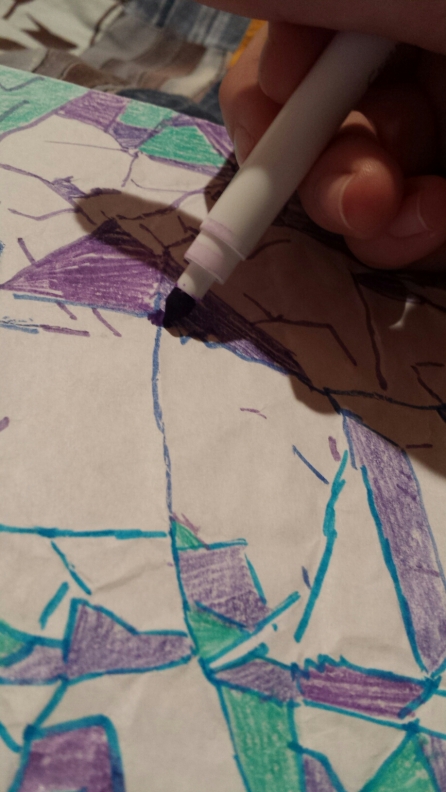



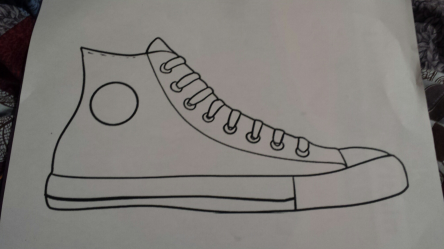
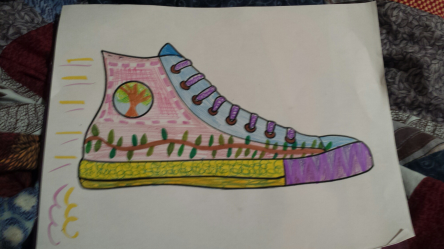 “Tell me what you see in this shoe. Based on what you see, what do you think it’d be like to walk in these shoes for a day? Why do you think that?”
“Tell me what you see in this shoe. Based on what you see, what do you think it’d be like to walk in these shoes for a day? Why do you think that?”